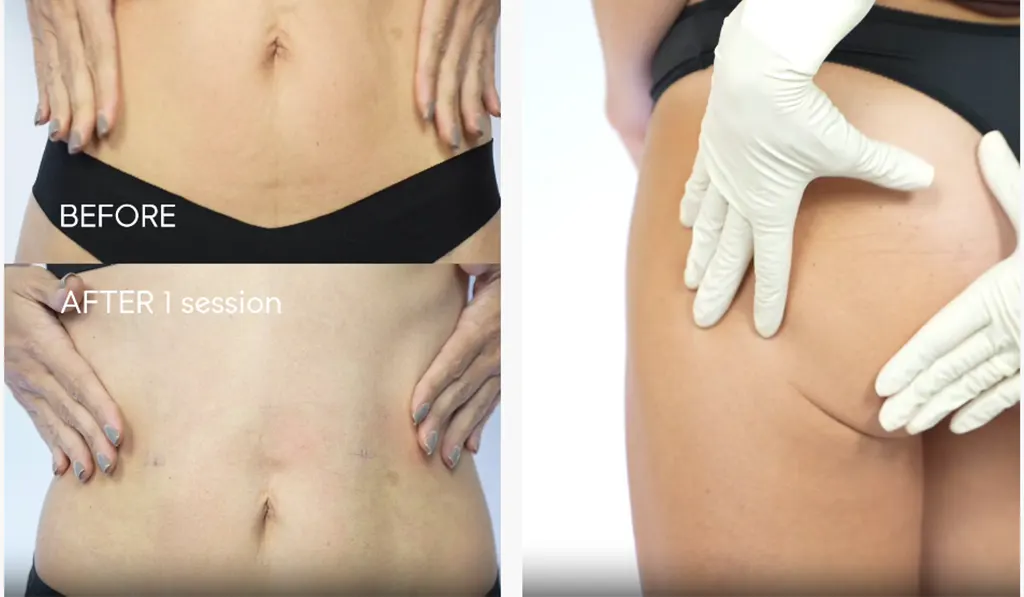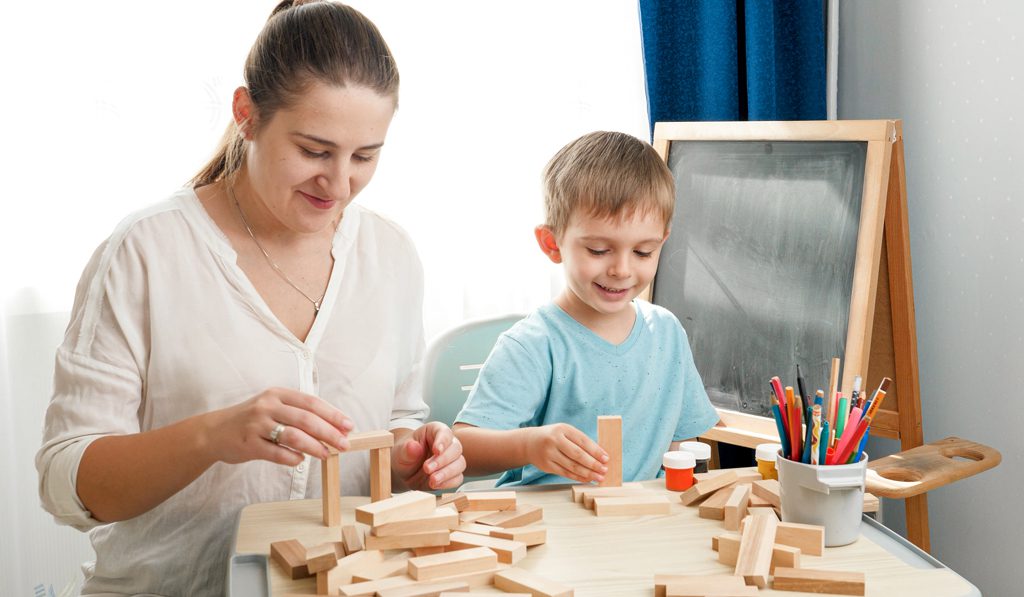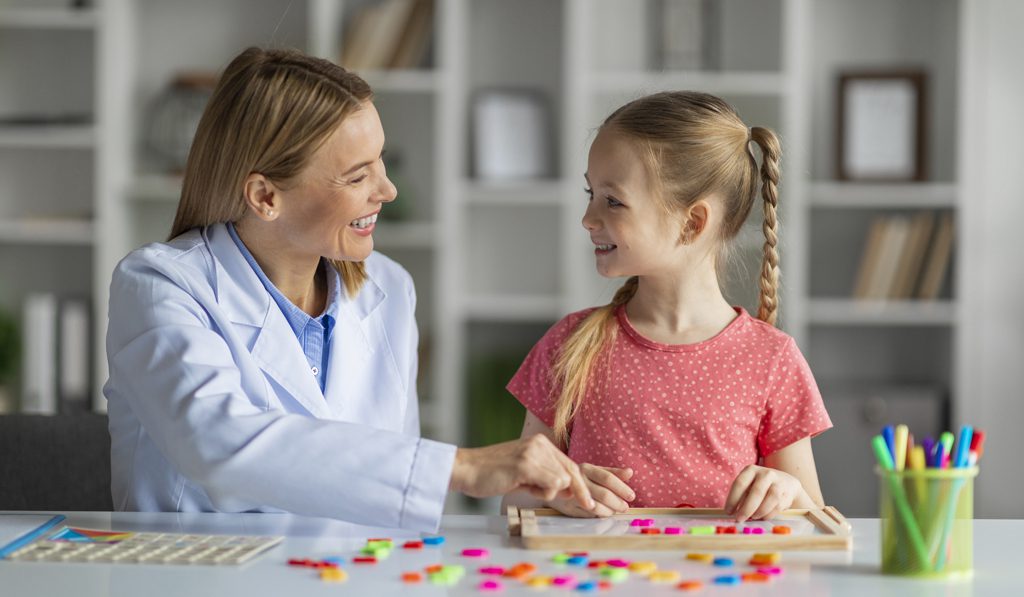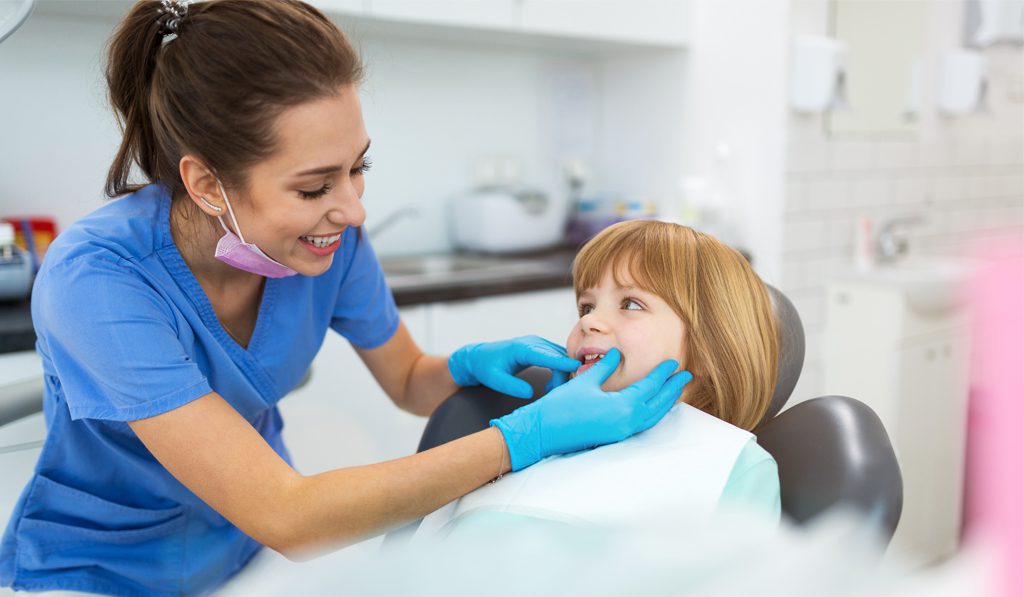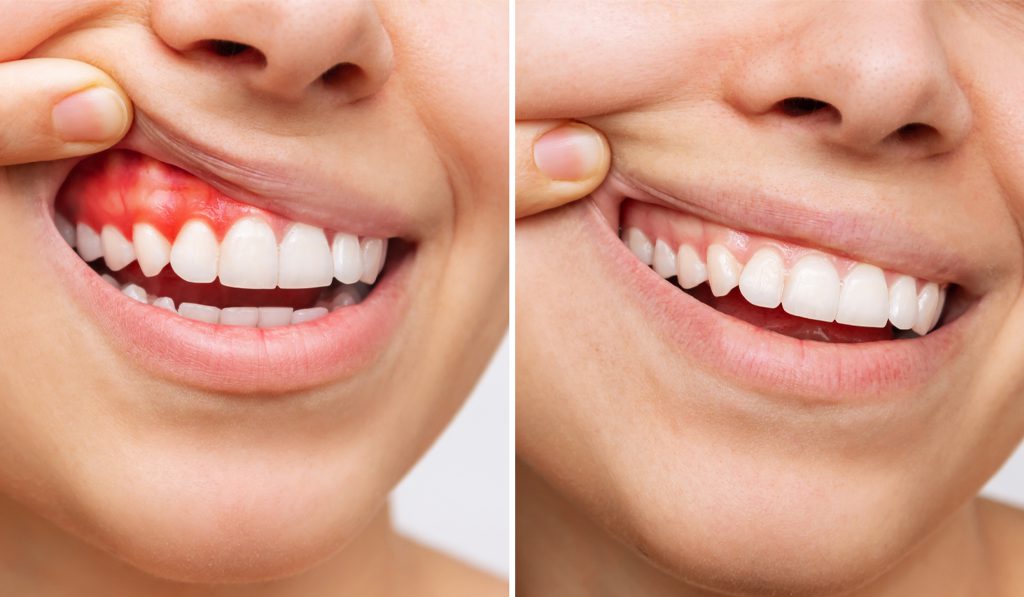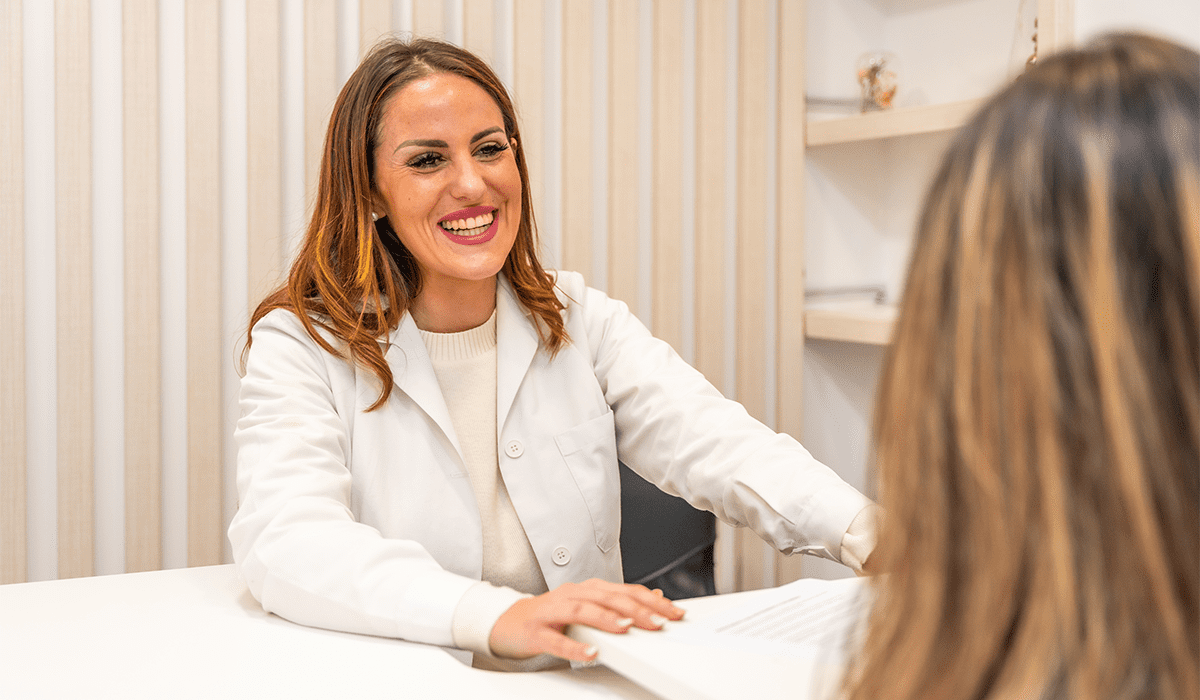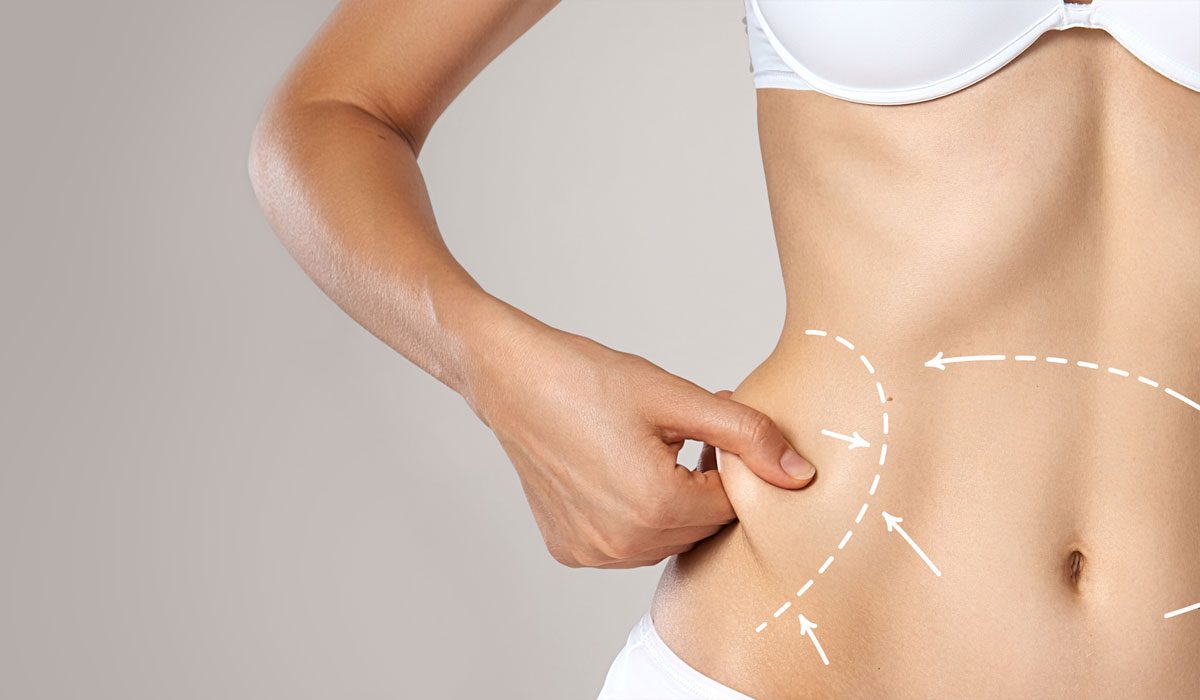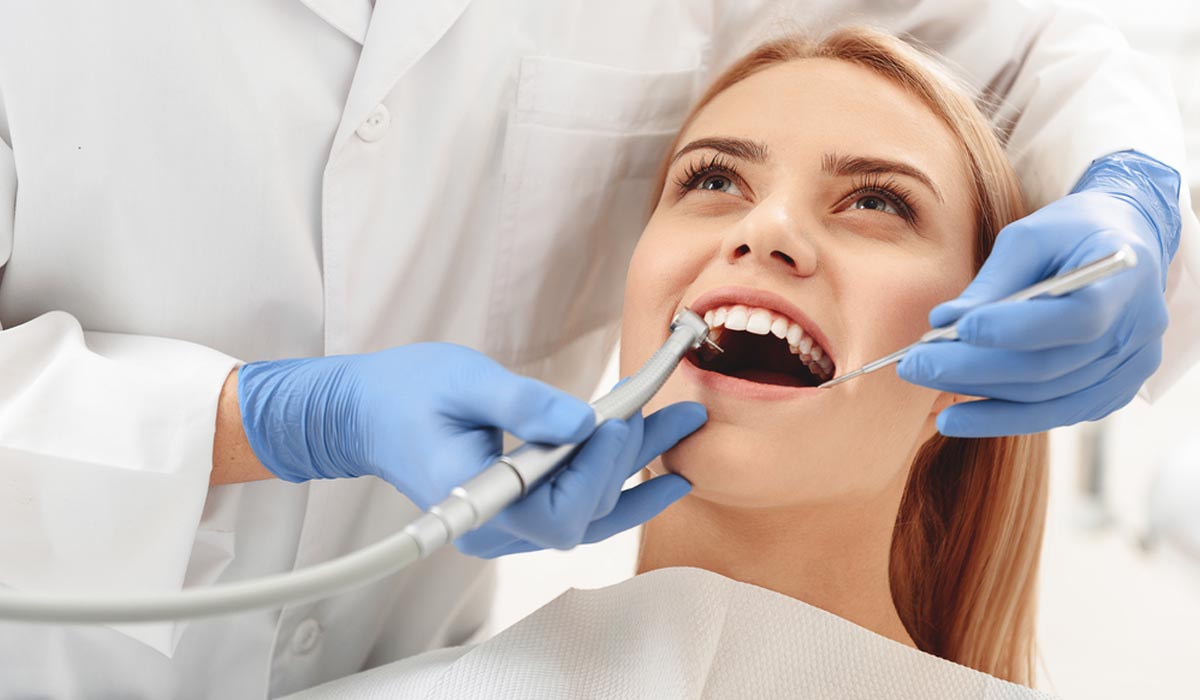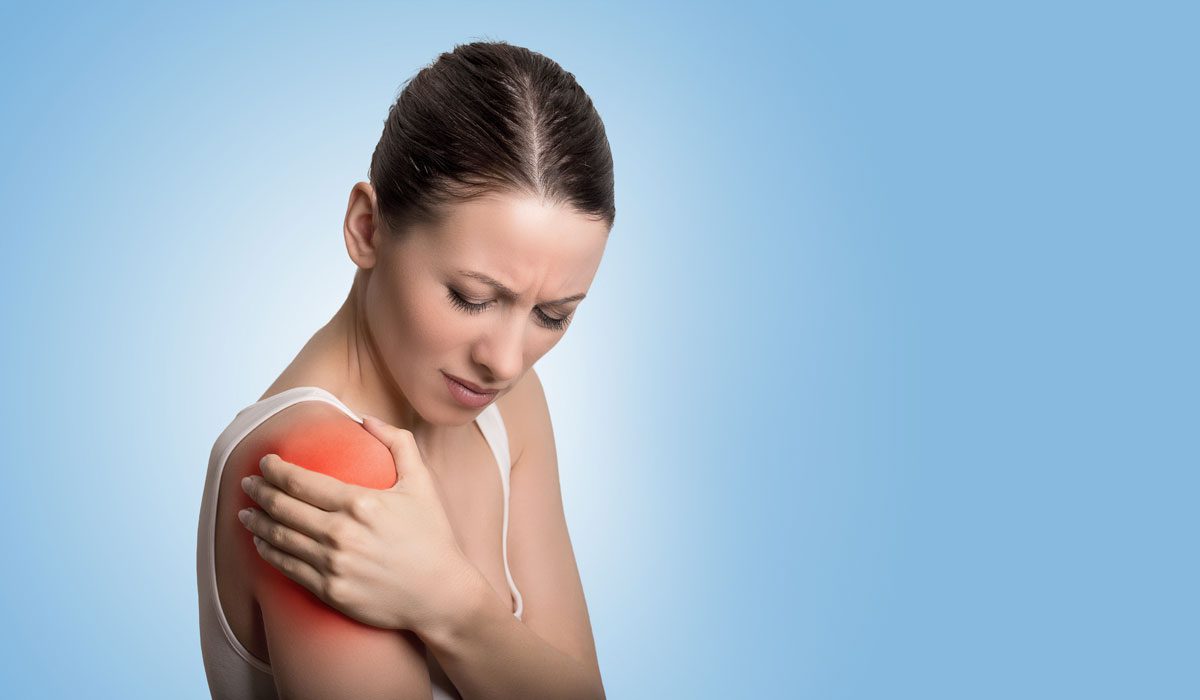Varicose Veins
Almost 25% of adults suffer from varicose veins. It’s also called varicosity or varicose. Many adults suffer from this condition. Women are more likely to develop and suffer from this condition vis-a-vis men.
Varicose veins are more likely to appear in the legs compared to any other body part due to increased blood vessel pressure when we walk or stand. Since the veins in the legs are the farthest from the heart and the blood needs to flow upwards against the center of gravity, varicose affects the lower limbs in most cases.
What are Varicose Veins?
Varicose is a condition where the blood vessels lying very close to the skin’s surface are overfilled. As a result, they are twisted and dilated, raised, and swollen. The affected blood vessels appear either reddish or bluish-purple. Veins that lie closer to the superficial layer of the skin are prone to become varicose.
Varicosity can hurt, ache, and cause discomfort. There can be complications even though it is not a severe condition. When the blood vessels get constricted enough, blood flow to the area is affected, causing swelling in the legs, ulcers, blood clots, bleeding, and skin changes.
Causes
The presence of varicosity indicates that the blood vessels are not properly functioning. Veins in the legs come with one-way valves that stop the backward flow of blood. When these valves malfunction, the blood starts to back up and collect in the veins instead of flowing to the heart.
Due to excess blood collection, the veins bulge or enlarge over due course of time.
Conditions that risk the development of varicosity is:
- Family history of varicosity
- Over-weight and obesity
- Hormonal changes in females resulting from conditions like pregnancy and menopause
- Age
- Standing or sitting for more extended hours
- Taking regular birth control pills
- The presence of defective valves in the veins from birth
Symptoms
The initial symptoms are:
- Presence of spider veins with sunburst appearance. Spider veins are a less severe type of varicose vein.
- Reddish or bluish-purple blood vessels near the skin’s surface
- Cord-like and bulged appearance
In due course, the symptoms develop as follows:
- Feeling of heaviness in the legs
- Aching legs
- Pain in the legs, especially after prolonged sitting or standing
- Leg or calf cramps, usually at night
- Itching sensation near the area
- Swelling
- Change in the color of the skin
- Dry and scaly skin
- Ulcers or skin sores that take time to heal
- Restless leg symptoms
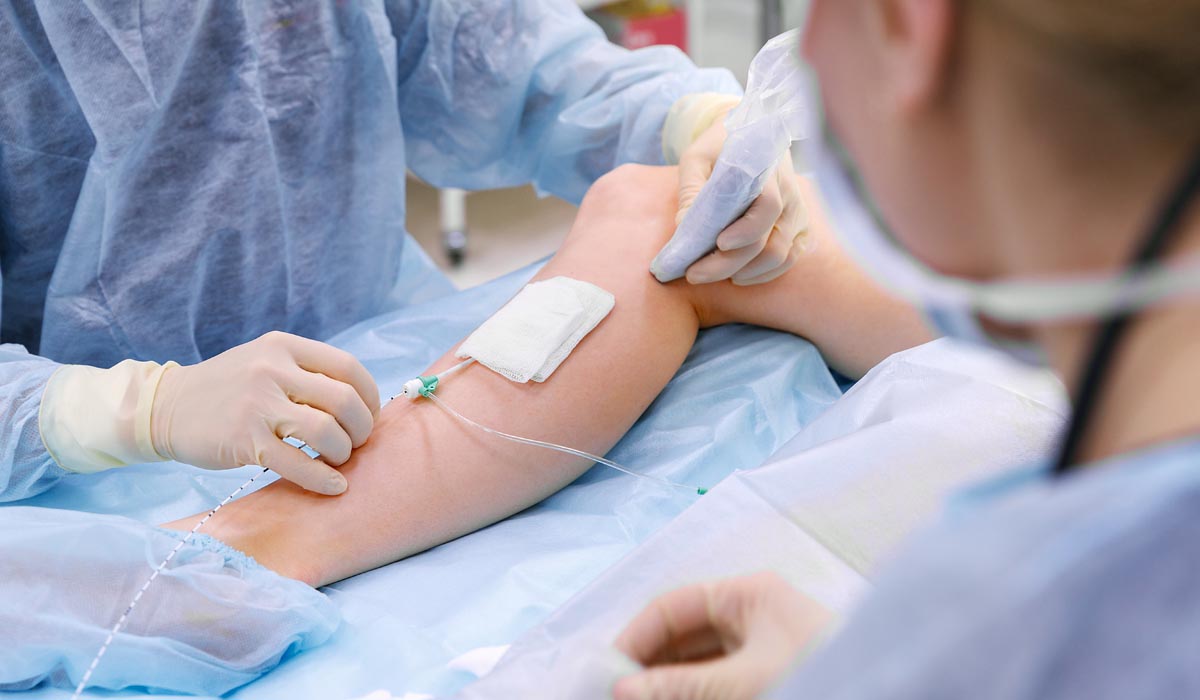
Dealing With Varicose Veins
Self-Care
Numerous things can be done to prevent varicosity and ensure proper blood flow in the veins of the lower limb. Your doctor will advise on the best self-care methods. Some of the generic ways to take care are:
- Take care of physical fitness by exercising regularly. Walking, swimming, and cycling are ideal exercises.
- Keep a close watch on weight and shedding extra pounds in case of being overweight.
- Avoid sitting or standing for too long. Change positions regularly.
- Avoid wearing high-heeled shoes and tight socks or other hosiery items.
- Maintain a proper diet that is high in fiber and low in salt.
- When sitting or lying down for too long, raise the legs periodically.
- Wear compression stockings that enable proper blood movement and decrease swelling.
Visiting a Doctor
If you are experiencing pain or discomfort due to varicosity and self-care methods are not helping, it’s time to see a medical professional.
The doctor will first understand the family history and thoroughly examine your legs in the standing and sitting positions. Sometimes, an ultrasound may be carried out to analyze the blood flow.
A procedure called a venogram may need to be carried out for the doctor to be sure of the condition. In this case, a liquid or contrast dye is injected into the area, and then an X-ray is taken. This is done to negate other medical conditions like blood clots.
Treatment Possibilities
Depending on your specific conditions, the doctor will advise the best possible treatment like:
- Ambulatory Phlebectomy: This is a dermatological outpatient procedure where the superficial veins are removed. Slit-like incisions are made in the skin to carry out the procedure. Patients can resume routine functions immediately following surgery. They are required to wear graduated compression stockings for some time.
- Sclerotherapy: In this cosmetic procedure, the doctor uses very fine needles to inject the area. Consequently, there’s relief from pain, swelling, and cramps, while the varicose and spider veins improve in appearance.
- Endovenous Ablation: This is another cosmetic procedure that is carried out by applying local anesthesia. The blood vessels are closed with the help of an electrode or fiber and lasers or RF energy. It is minimally invasive and usually has no scar marks left behind.
- Vein Stripping: This is an outpatient procedure, too, where the veins are removed by making small cuts.
Why 7DMC?
At 7DMC Dubai, you will get world-class care from the best medical practitioners around the globe. Our multispeciality clinics are equipped with state-of-the-art medical devices and technologies.
Our motto is to offer holistic healing through evidence-based practices. With experienced people caring for you, your varicose will be treated optimally with the best results.
Bottom Line
Varicosity is a chronic medical condition without any serious repercussions. When left untreated, however, it can lead to complications. For most women, though, it is an aesthetic issue, and they tend to either ignore or seek over-the-counter cosmetic solutions. Speaking to a healthcare provider is the recommended course for the effective closure or removal of these veins.
References
healthline.com/health/varicose-veins
medlineplus.gov/ency/article/001109.htm



